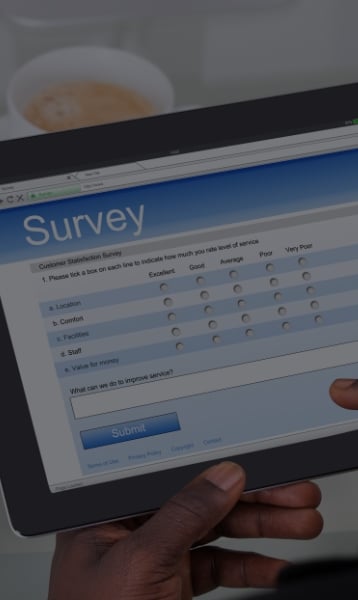This interactive portal improves the analytic experience so you can easily interact with data.
IBI Benchmarking Analytics: How Do FMLA Bonding Leave Outcomes Differ by State?

As more states and local jurisdictions consider adopting paid family leave (PFL) laws, several IBI members have requested information about Family and Medical Leave Act (FMLA) leave outcomes across states with differing policies. To support these requests, we created an online interactive map using FMLA leave data from 2011-2017. The map reports men’s and women’s reasons for FMLA leaves and their leave durations, for each state, organized by the PFL and temporary disability insurance (TDI) laws in effect as of 2017. As an example, this report focuses on leaves taken to bond with a new child (i.e., bonding leaves). Study highlights
- From 2011 through 2017, 15% of men's FMLA leaves were for bonding with a new child. The share of men’s bonding leaves was more than twice as high in states with PFL laws—for leaves taken in California, New Jersey, and Rhode Island during the period covered by the data—than in non-PFL states (28% compared to 13%).
- 24% of women's leaves were for bonding. Since two-thirds of FMLA leave-takers are women, this suggests that women take bonding leave 3.2 times as often as men. The gap between bonding leaves taken in PFL and non-PFL states (32% and 23%, respectively, a 39% difference) is smaller for women than for men.
- Men’s leave durations in PFL states are 6 workdays longer than in non-PFL states (a 44% increase). The comparable increase in bonding leave durations in PFL states for women is 3 workdays (a 9% increase).
- The findings are consistent with expectations that PFL laws are associated with more frequent and longer leaves for bonding with a new child—particularly among men.


















